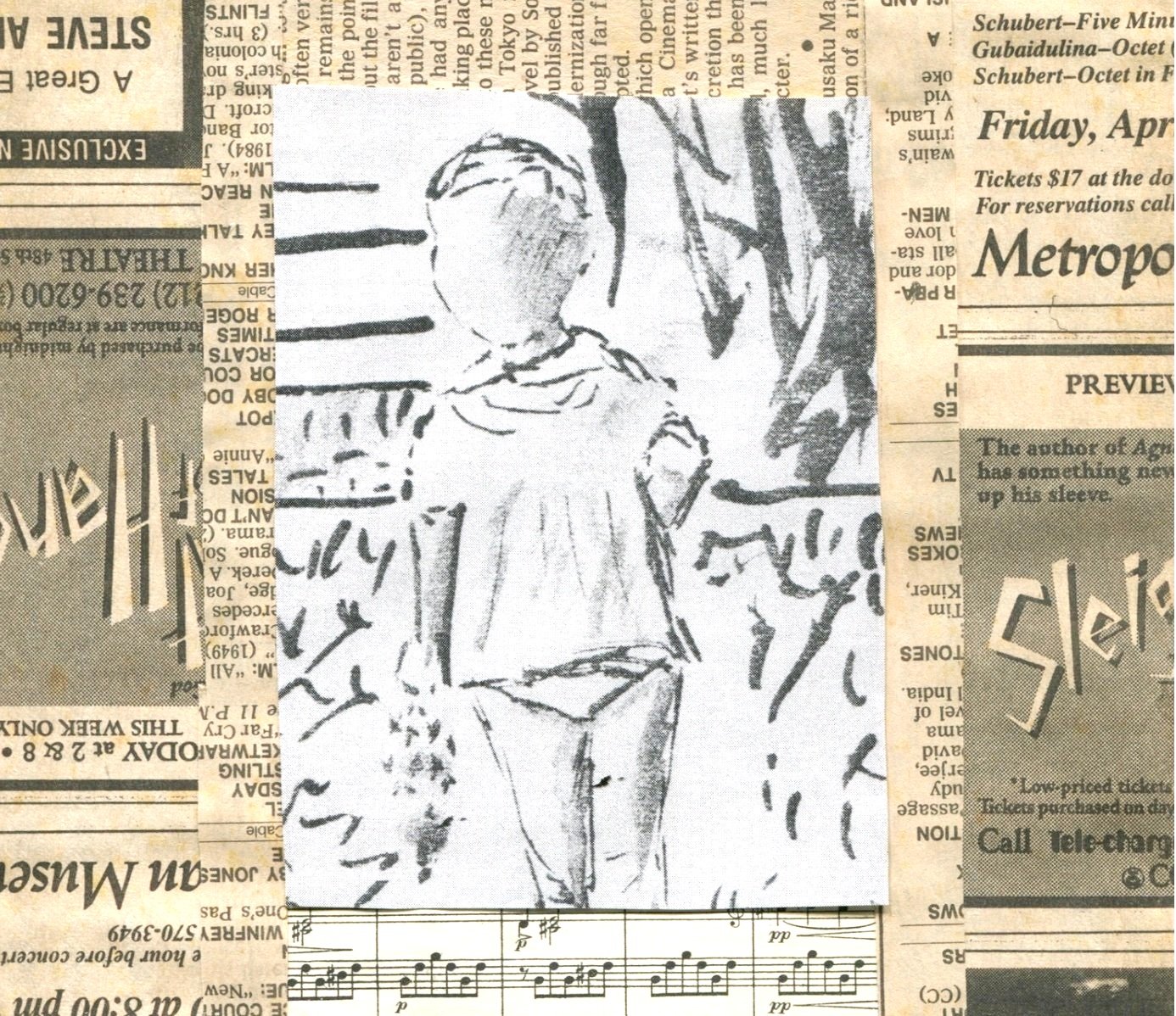“There are two ways of spreading light: to be the candle or the mirror that reflects it ”
The season of lights. The festival of light. How light gives us hope in darkness! All it takes is one lit candle to change the feel of loss into hope, of dark into light. Just one candle can make all the difference.
As someone who was not raised Jewish, I have often wished that the Hanukkah story had become more secularized—so that we all could have borrowed the faith and devotion and hope from the story of the oil and light lasting the eight days. There is such power in them: faith and devotion and hope.
And somehow no matter how big the occasion or small the occasion, candlelight transforms it into something more powerful, more hopeful, more connected to the history of all people who have had faith and hope. This fall I watched a young friend turn 8 and blow out candles on her cake and you would all recognize the look of anticipation and joy before she blew them out—that look is universal. Her face lit with candlelight.
And here at the holidays—shrouded in lights, after an autumn filled with so much darkness, the question is: can we bring our own light? Can we spark the light in others? Can we connect to the light that inspires us? If we are feeling dark, we can light one, simple, single candle within us?
I think that we always think too big when it comes to faith and devotion and hope. I think we think grand, and we need to think in terms of one single candle. One light that can, and often does, like the oil, last much longer than you can imagine.
You can use any light within you to light the candles around you. You can use the love of anything that brings you joy: your relationships, your work, your pets—whatever warms your heart. And then you can bring that light to another and warm their heart. I have so many memories of people who I didn’t know, who smiled at me as I came out of a building, or into work, and they changed my day. They made me feel seen, and loved, and “okay” on days that I didn’t feel that way. They took their light, and lit my candle. In such small increments you can bring light: to the people near you, to the person waiting in line with you, to the cashier, to the toll taker on the Jersey turnpike. Wherever. Light a candle. Bring your warmth.
Edith Wharton said that there are two ways of spreading light: to be the candle or the mirror that reflects it—so if this is a year that you can’t seem to light your own candles or anyone else’s—then do what you can to reflect any light you see. Just take in what you can, reflect what you can and reconnect with your light. We all have those years—when the best we can do is reflect.
This time of year can be so busy, and come with so much expectation. There can be moments of such longing, for people, for times past, for expectation unfulfilled—as well as real feelings of sacrifice and hardship and loss. You can’t fix it or fill it or change it—not all at once, if at all. But you can bring some light to it. You can bring your light to it. And the world will be warmer. And more hopeful.
© Gretchen L. Schmelzer, PhD 2022/2016




